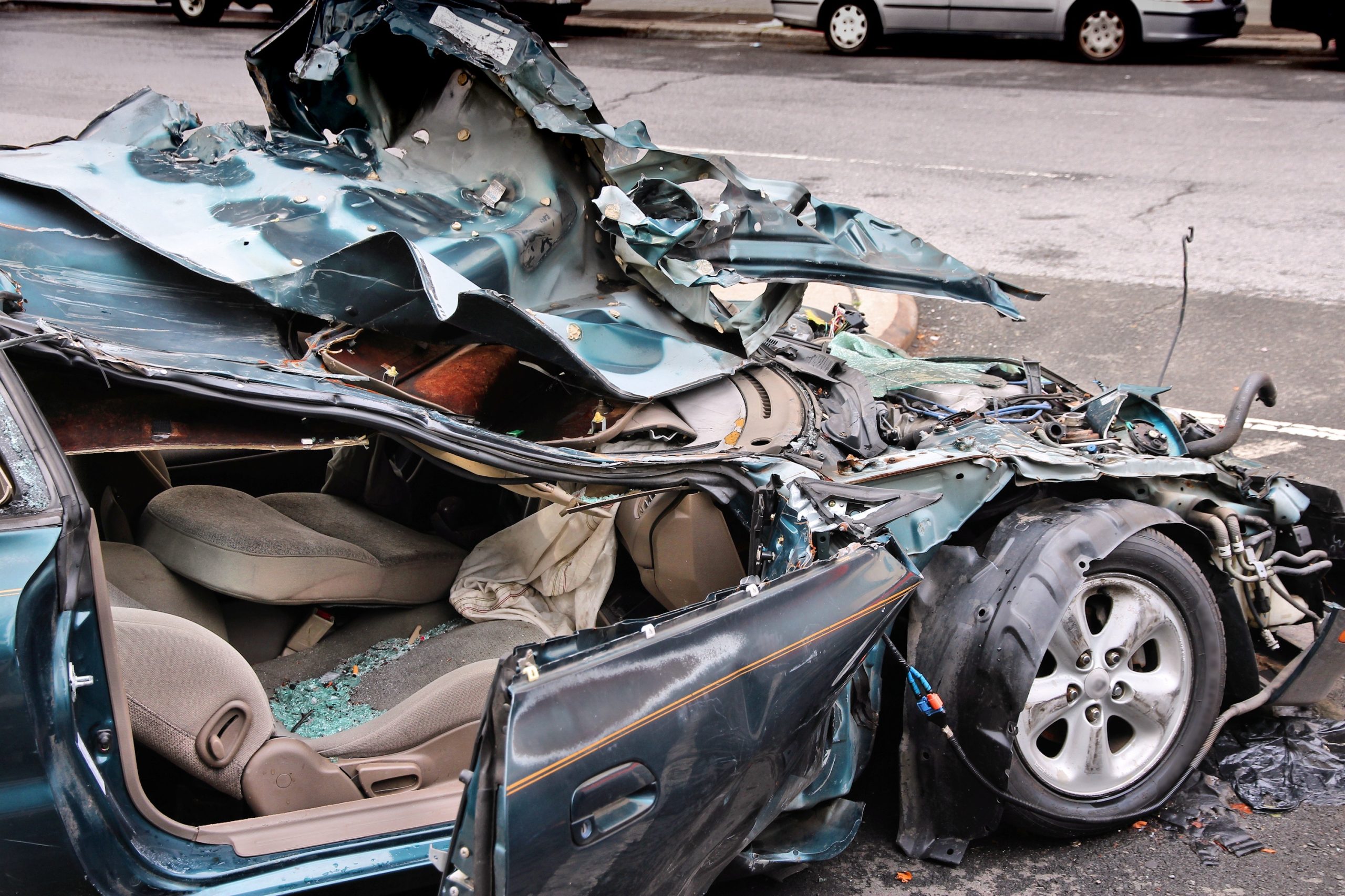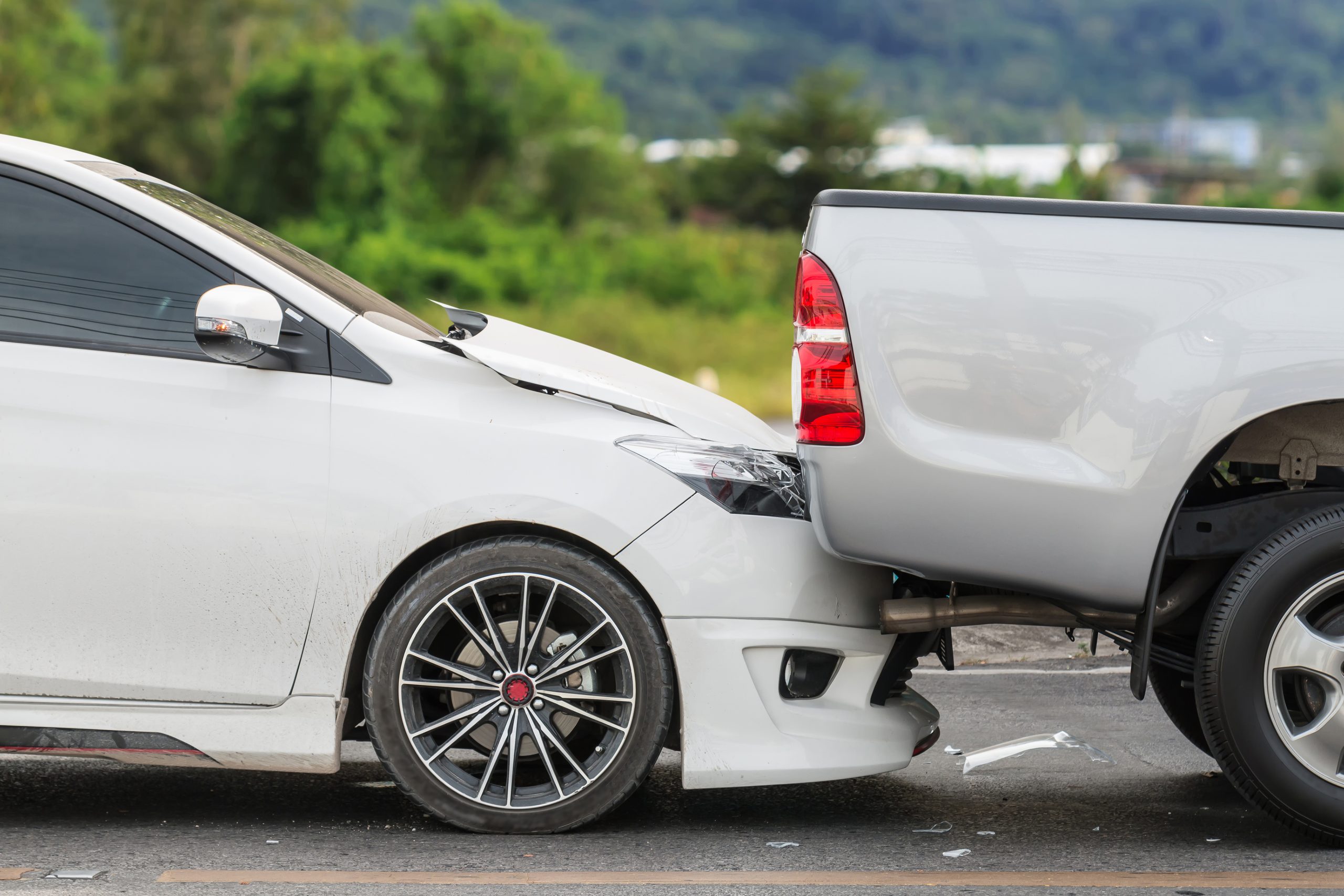Airbags save lives every year. In fact, frontal airbags are estimated to have saved more than 50,000 lives since the late 1980s, when they were widely adopted by most commercial car companies, according to the National Highway Traffic Safety Administration (NHTSA).
If you have been in an auto accident involving an airbag injury, you are probably wondering what rights you have when it comes to seeking compensation for damages caused to you or your loved ones. Depending on the circumstances of your accident, you may be entitled to file a lawsuit against either the airbag manufacturer or the auto manufacturer. If any third party recently serviced or replaced your airbag, they may also be held liable for your injuries. Even if you are at fault for the accident, you might still be able to seek justice for a defective airbag. To successfully recover damages in this type of situation, you will need to provide proof that the airbags in your car did not work properly and that your injuries were a direct result of the defective airbags. Typically, a lawsuit of this nature would fall under the umbrella of product liability claims. However, circumstances may dictate that other legal claims come into play.
Why Don’t Airbags Deploy When They Should?
An airbag may function improperly if:
- The vehicle’s crash sensor locations are calibrated improperly
- The airbag design is flawed
- The mechanisms that trigger the airbag to deploy are defective
- The vehicle improperly overrides the airbag, perhaps because of a false reading of the passenger’s weight- airbags generally disable when the passenger seat occupant is under a certain weight limit
- The vehicle seller did not replace the airbags after an accident
These are only some of the many defects and human errors that may cause an airbag malfunction. Experts in crash dynamics, vehicle design, and airbag mechanics can review your accident and identify the most likely cause of an airbag-related failure.
Types of Compensation Available for Airbag Injuries
People who can prove that they have sustained injuries due to defective airbags may be able to recover compensation for any or all the following:
- Related medical costs
- Doctor visits
- Surgical procedures
- Prescription drugs
- Physical therapy
- Missed time at work
- Potential loss of future wages
- Both physical/emotional pain and suffering
Factors That Influence Airbag Settlement Amounts
The greatest factor in determining the seriousness of your case and, therefore, the settlement amount is the severity of the injuries you sustained because of the airbags failing to deploy in the vehicle accident. Usually, the settlement claim is greater if the injuries are more severe, and if the injuries are less severe, then the settlement claim will be smaller. Though it is not as simple as this, other factors are important in assessing your case, such as analyzing the impact functioning airbags would have had in preventing the injuries you suffered. After all, deploying airbags would mean there is no reason to claim as they have done their job.
The Seriousness of Your Injuries?
If, in the unfortunate instance, your airbags do not deploy and you suffered injuries that alter your quality of life, then your settlement will tend to be higher. Devastating injuries such as a loss of limbs, traumatic brain injuries, and spinal cord injuries will each fundamentally change the way an individual is able to live, as they may become dependent on a carer or must highly adapt their lifestyle to keep their independence. This will not only increase medical expenses, but you are also likely to require longer-term care and a potential loss of income, which could all be caused if your airbags fail to deploy. If the car accident has resulted in a fatality and the airbag did not deploy to protect the passenger or driver, then a wrongful death claim by surviving family members may result in an increased settlement amount.
Strict Liability & Comparative Negligence
When liability exists without having to prove negligence, such as with a product liability claim, this is referred to as strict liability. With strict liability situations, there is no burden of proof, which can make things more straightforward. In some states, however, comparative negligence may affect your settlement. Comparative negligence is the principle that the fault of each party involved in an accident depends on their individual contributions to the accident. Damages may be awarded according to each participant’s degree of fault, thus limiting how much the plaintiff may recover. In other words, in a state where comparative negligence comes into play, the amount of your settlement may be reduced if the accident was your fault.
Proving Product Liability
Personal injury lawsuits that involve consumer products are different than regular car accident claims. These cases fall under the category of product liability law. You do not have to prove that the airbag manufacturer was negligent when creating the product in a product liability claim. Instead, the manufacturer is automatically liable for the injuries you sustained in a car accident, in this case, because of airbag deployment failure. However, you will still have to prove some parts of the claim, such as:
- The airbags were defective. Typically, this requires expert testing to see if the same situation can be replicated and if they can find the root cause of the problem. This could be a faulty sensor or the electrical components in the airbag failing.
- The airbags should have deployed during the accident. For the airbag to deploy, your car’s speed change must have been greater than your braking speed. Expert testimony along with the details of your accident should be able to show that the airbags should have deployed but did not.
- There were no alterations done to the bag. You will also need to prove that neither you nor another person tampered with the airbags and that they were still within their usual lifespan.
- Due to the airbags not going off, you sustained serious injury and damage. A medical expert, such as a doctor, must have records and testimony that show your injuries could have been lessened if the airbags had deployed properly.
You could also seek damages from potentially liable parties involved in producing and maintaining the airbags, such as:
- Designers
- Auto manufacturers (Auto manufacturers can be held liable if the auto parts connected to the airbag were responsible for the airbag not deploying).
- Distributors
- Auto shops
- Previous vehicle owners



